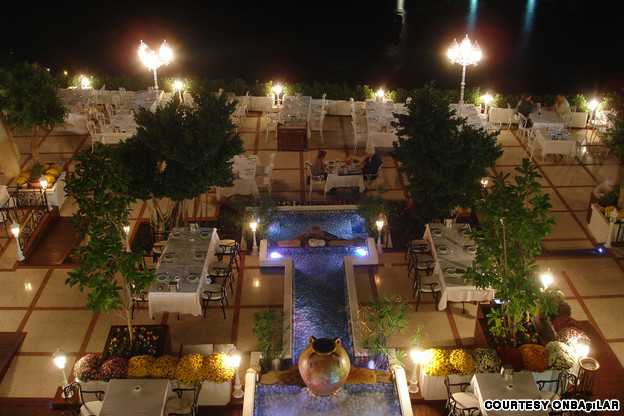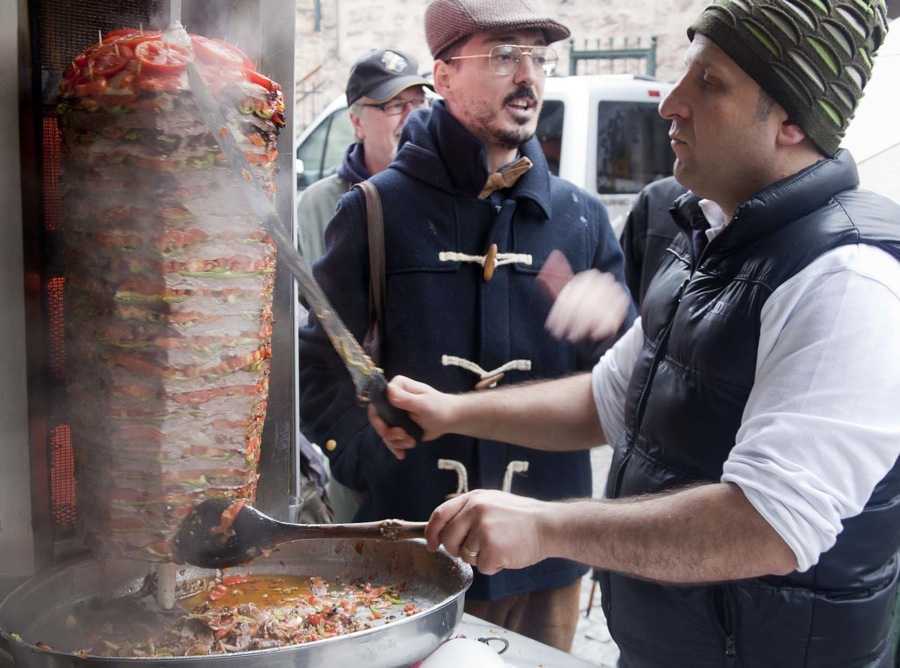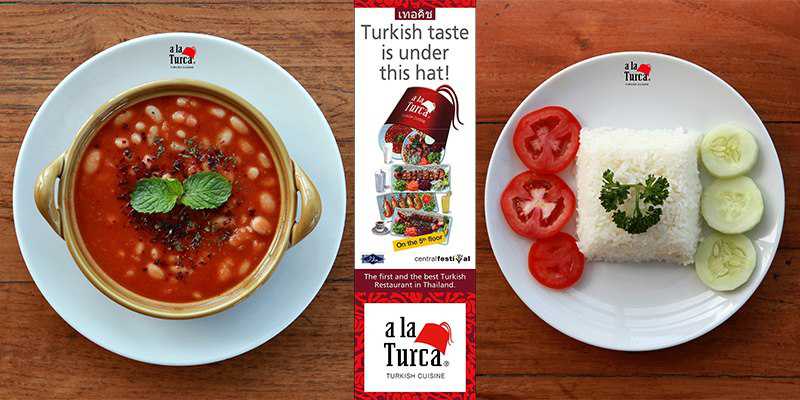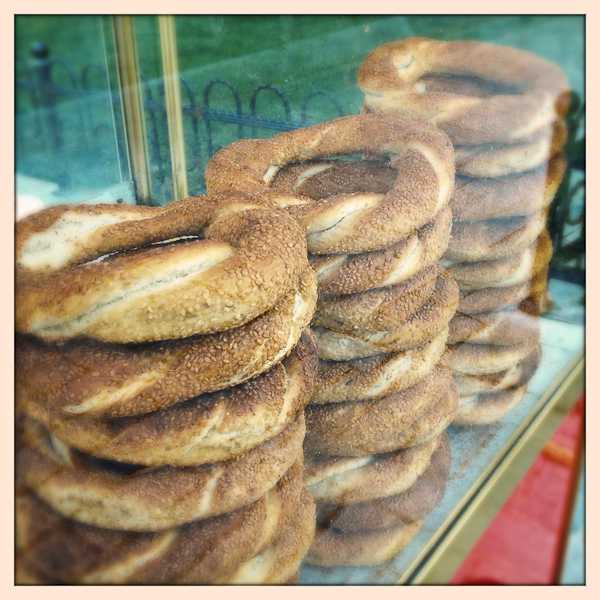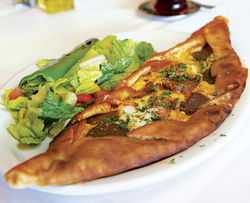Put any kind of meat on a stick and roast it over a flame and it immediately becomes food fit for gods.
No country understands this sacred rule of seared meat like Turkey.
Turkish kebabs are the incarnation of the meat lover’s most exotic fantasies, with grilled lamb, beef and chicken as skewer MVPs.
Most kebab restaurants also have a long list of Turkish starters called meze that are as delicious as the main dishes.
Turkey’s best alcoholic complement for all that meat is rakı — an aniseed-flavored drink that’s often diluted with water and chilled with ice. Frothy, yogurt-based ayran is a great non-alcoholic complement to heavy dishes.
But who are we kidding — you just want the meat. Here’s where to get it in Turkey.
Hamdi Restaurant, Istanbul
Hamdi Restaurant in Istanbul offers extraordinary views of the Golden Horn.
Located just steps from the Egyptian Bazaar in Eminönü, Hamdi Restaurant isn’t just a stop on the way to the bazaar but a destination itself.
Specializing in southeastern cuisines, the venue affords a magnificent view of the Golden Horn, the Galata Tower and Eminönü.
Since window-side tables are in high demand, making a reservation in advance is highly recommended.
A signature dish is the testi kebabı. Cooked over charcoal in a clay jug covered with dough for three to four hours, the dish is made with veal, tomatoes, onions, garlic, pepper, oregano, tomato paste and butter.
It’s quite a ceremony to watch this extraordinary dish being served — waiters break the jug in front of you to reveal the meal inside.
Another must is the haşhaş kebabı made with minced veal and lamb, and mixed with capsicum, salt and pepper.
Tahmis Caddesi, Kalçın Sokak Number 17, Eminönü, Istanbul; +90 212 528 03 90; approximately $15 for a main dish; www.hamdi.com.tr
Kebapçı Halil Usta and İmam Çağdaş, Gaziantep
Halil Usta’s küşleme attracts crowds.
Two kebab restaurants reign supreme in the southeastern city of Gaziantep: Kebapçı Halil Usta and İmam Çağdaş.
Open since 1972, Halil Usta is a humble establishment with a dedicated following.
Its tender meat has made such a name over the years that this lunch-only restaurant runs out of meat by 3 p.m. almost every day.
Most notable is küşleme, a velvety soft lamb kebab served in copper pots. Although a side dish, the salad (greens, tomatoes, mint, thyme, red pepper, pomegranate molasses and spices) can stand proudly on its own.
İmam Çağdaş is one of the best kebab restaurants in Gaziantep.Unlike Halil Usta, İmam Çağdaş is large and modern.
Standout dishes include Ali Nazik, lamb served on top of a bed of char-grilled yogurt-eggplant purée, and Altı Ezmeli Tike Kebabı, a stew-like kebab made with lamb served on top of a tomato and pepper mash.
The restaurant’s flaky, pistachio-filled baklava is as celebrated as its kebabs.
Kebapçı Halil Usta, Karşıyaka Semti, Gaziantep Mozaik Müzesi Arkası, Tekel Caddesi, Öcükoğlu Sokak, Şehitkamil/Gaziantep; +90 342 323 16 16; approximately $7 for a main dish;www.kebapcihalilusta.com
İmam Çağdaş, Eski Hal Civarı, Uzun Çarşı Number 49, Şahinbey/Gaziantep; +90 342 231 26 78; approximately $10 for a main dish; www.imamcagdas.com
Onbaşılar, Adana
Onbaşılar has beautiful lake views.Adana kebap is one of the most famous of kebabs — visitors should try to savor it in its hometown.
Grilled over charcoal, this spicy, minced-lamb kebab is best enjoyed here alongside charred tomatoes, peppers and onions with sumac and lavaş (thin flatbread).
A regional drink called şalgam, made with fermented pickled carrot juice, is good alongside it, while the kadayıf, a pistachio-filled shredded pastry in syrup, is the best choice for dessert.
Recommended: a table with a view of the Seyhan Lake.
Onbaşılar, Karslı Mahallesi, 82046 Sokak Number 3, Çukurova/Adana; +90 322 215 00 00; approximately $8 for a main dish; www.onbasilar.com.tr
Koç Cağ Kebabı in Erzurum
Cağ Kebabı is an Erzurum specialty best enjoyed at Koç Cağ Kebabı.
The eastern city of Erzurum is home to Koç Cağ Kebabı, a modest eatery where the unique cağ kebabı originated.
Cağ kebabı is made of lamb marinated with onions, salt and pepper for 12 hours and then placed on a large, horizontal skewer and cooked over a wood fire.
The traditional way to eat this succulent meat is with your hands or wrapped in lavaş.
Travelers who can’t make it to Erzurum can try Şehzade Cağ Kebabı in Sirkeci.
Koç Cağ Kebabı, Kongre Caddesi, Kongre Binası Karşısı, Merkez/Erzurum; +90 442 213 45 47; approximately $5 for a main dish; www.cagkebap.com
Şehzade Cağ Kebabı, Hocapaşa Sokak No.3/A, Sirkeci, Istanbul; approximately $8 for a main dish; +90 212 520 33 61


